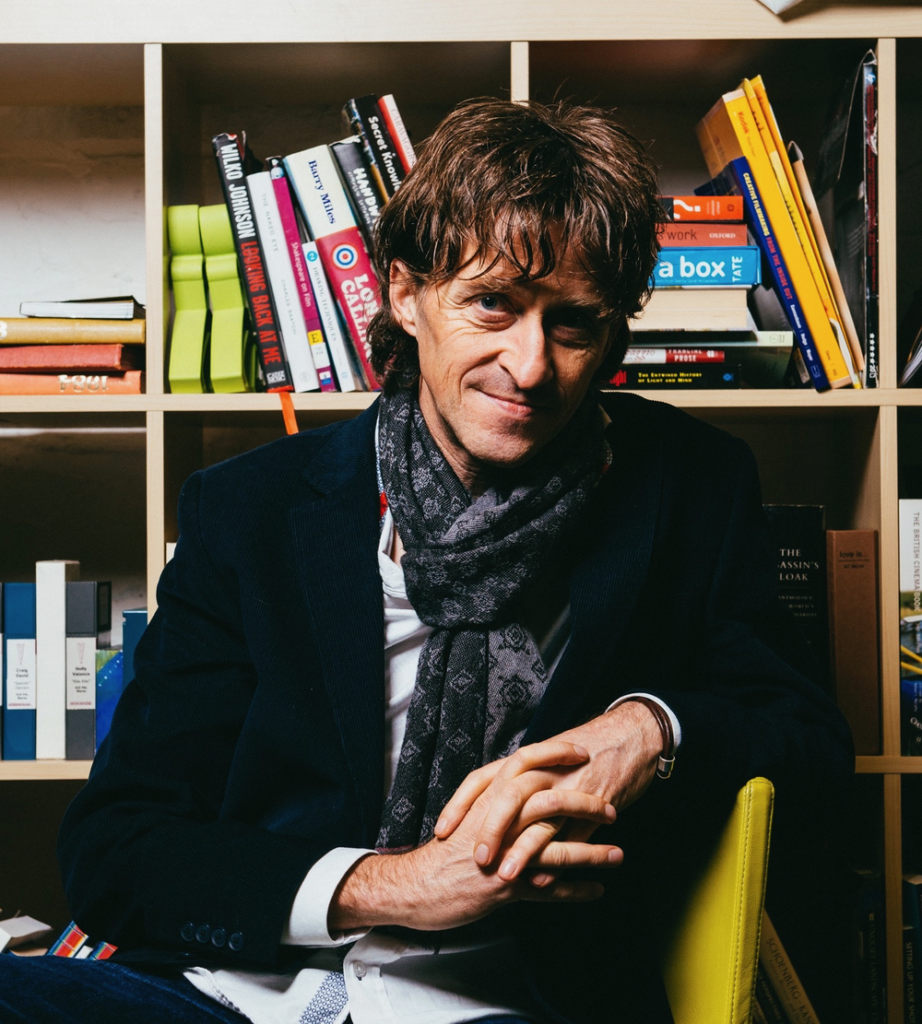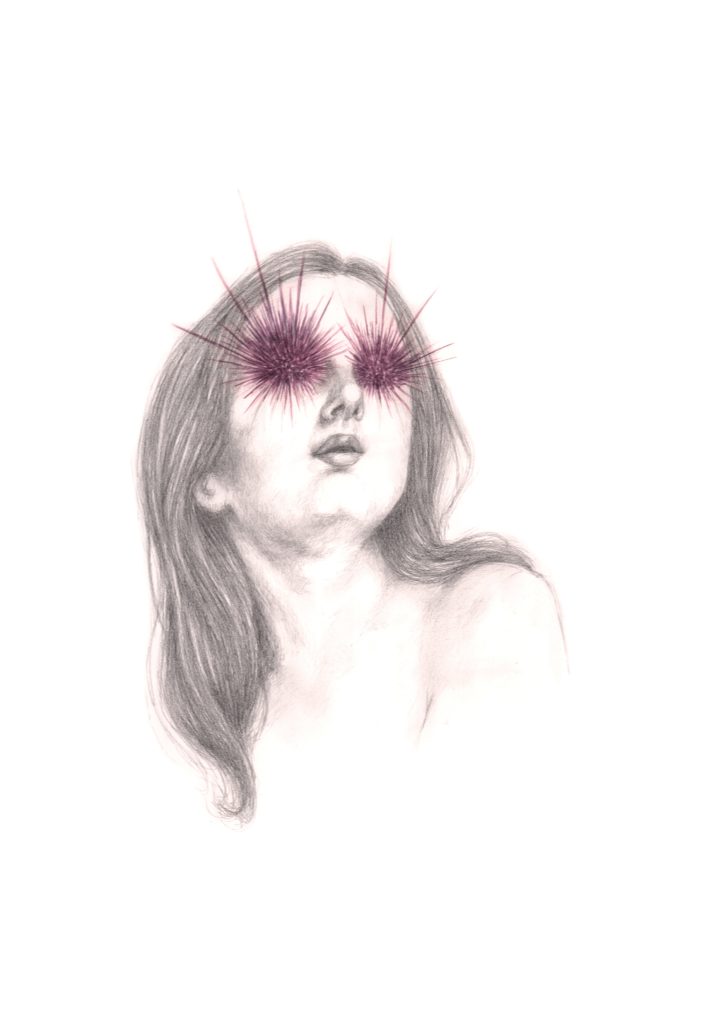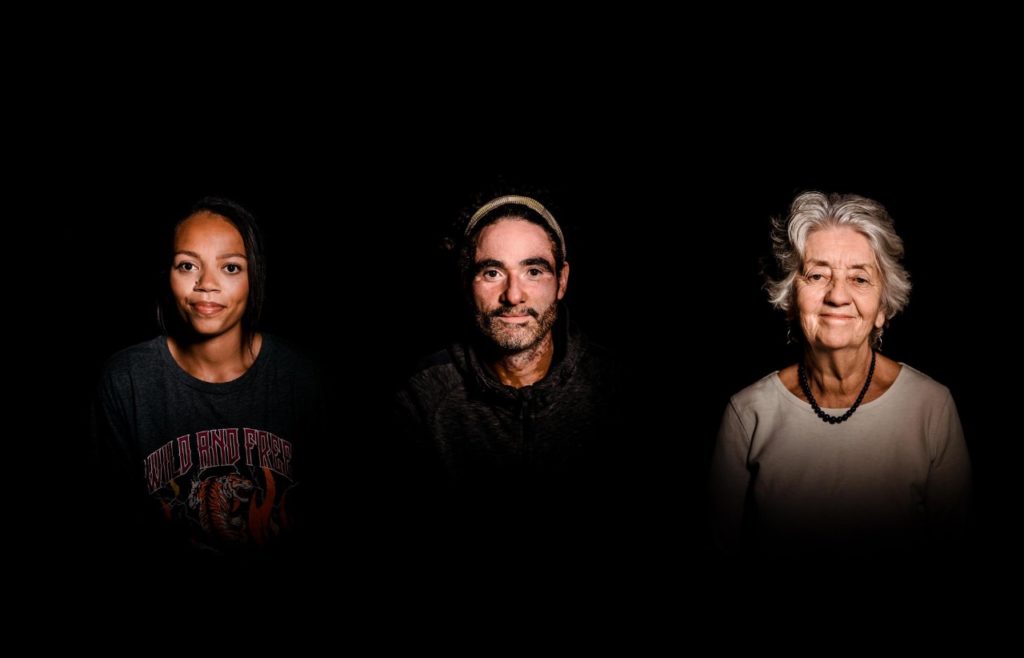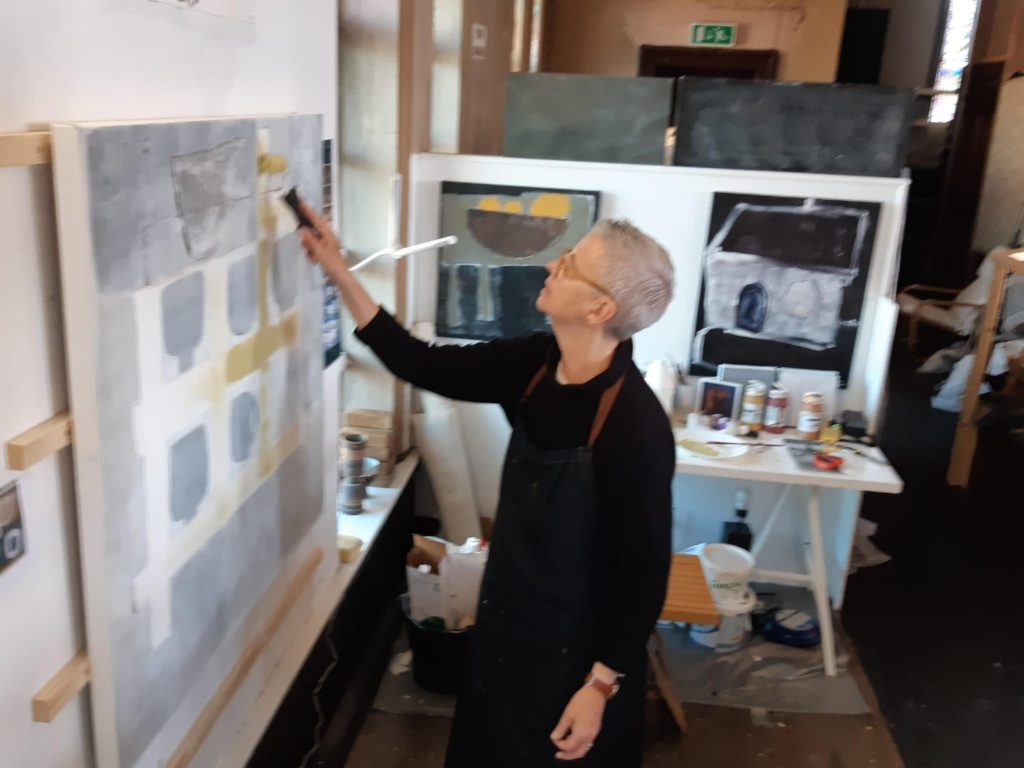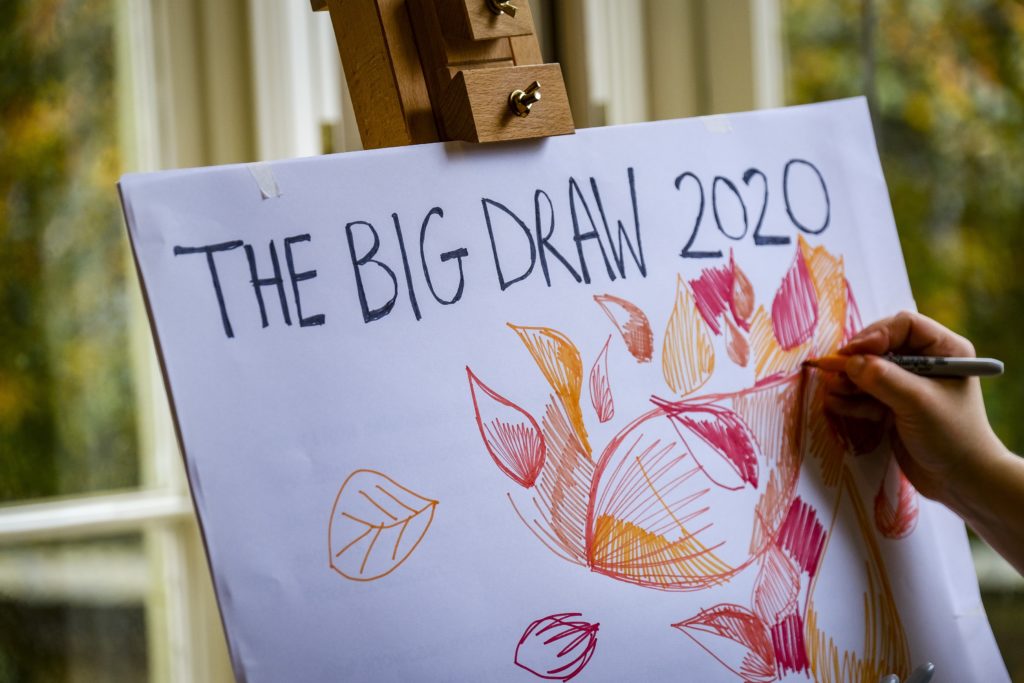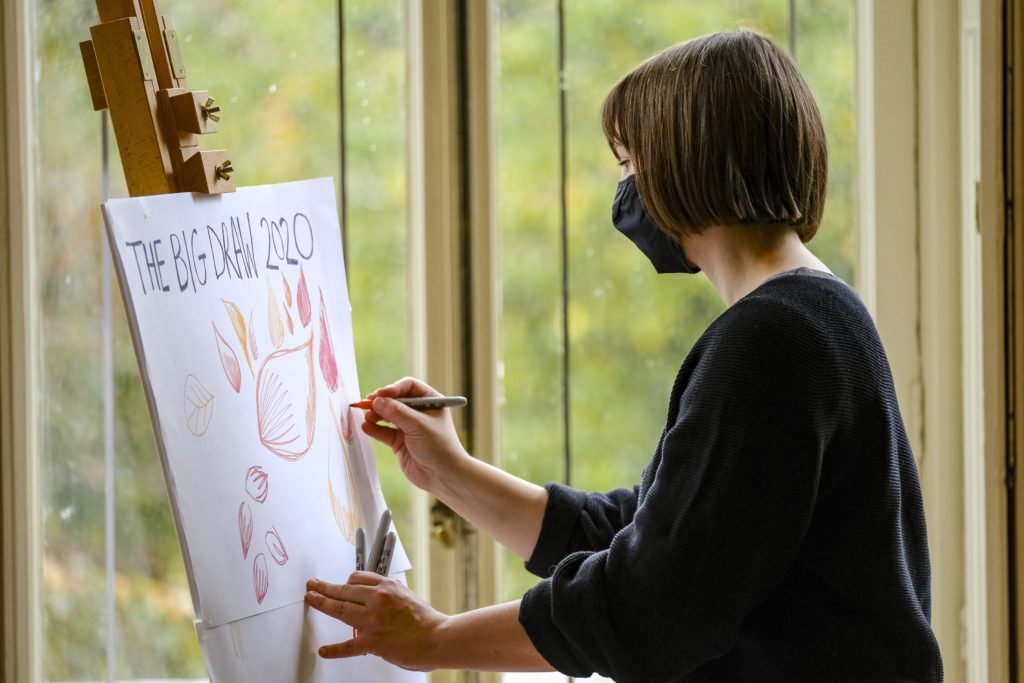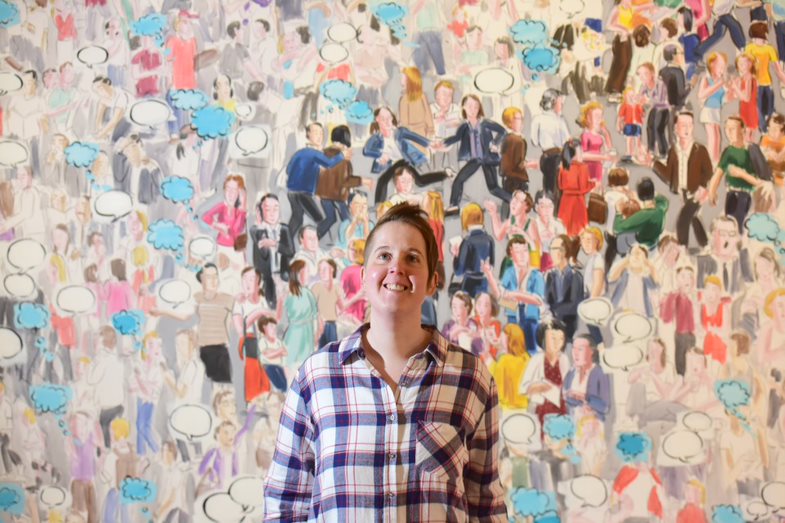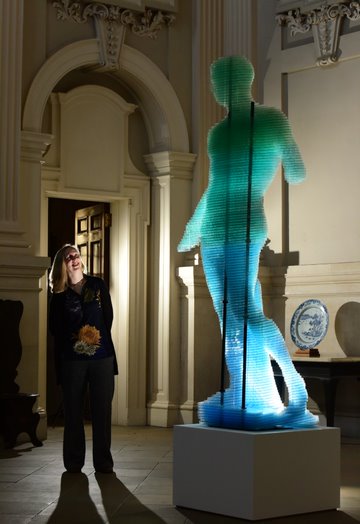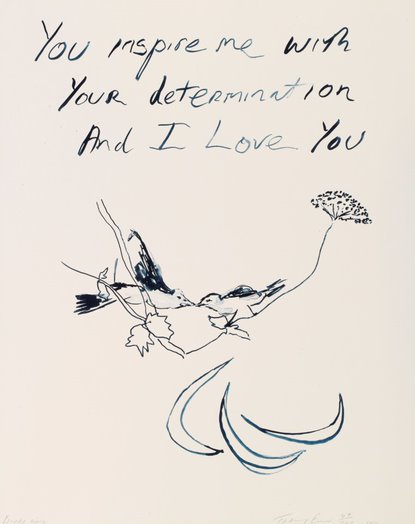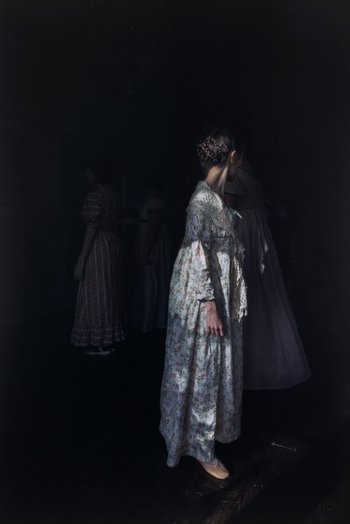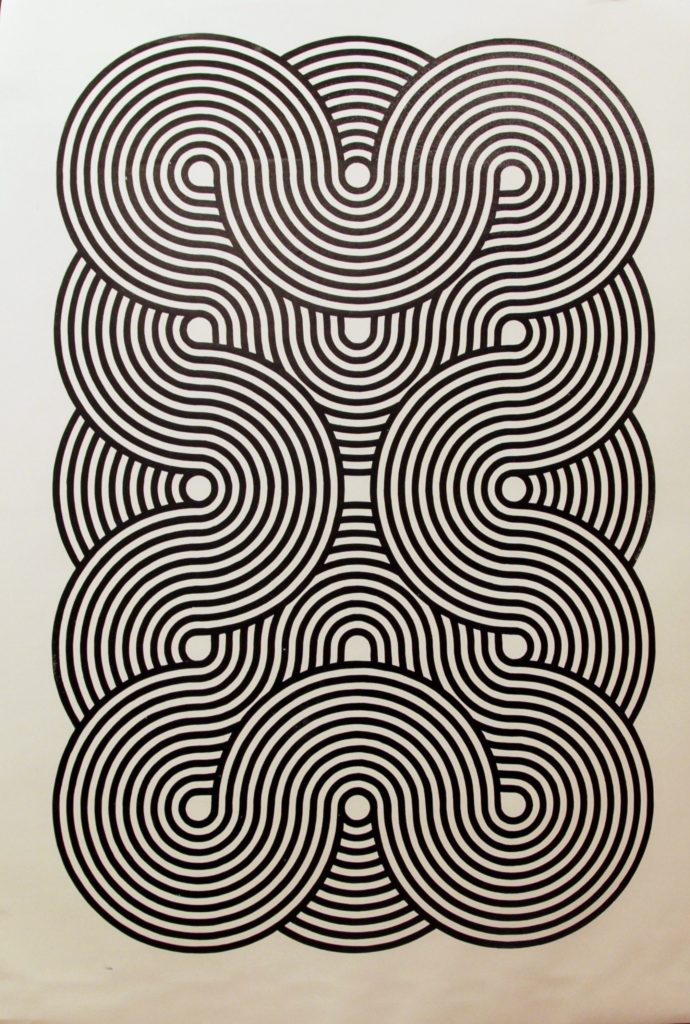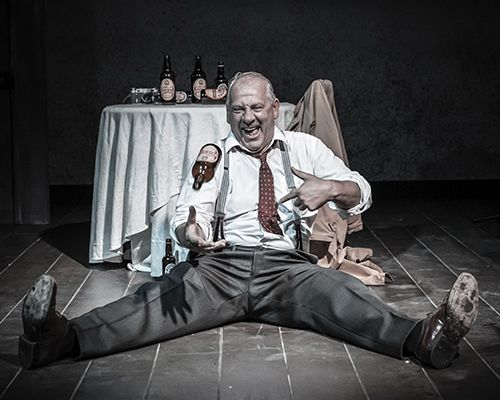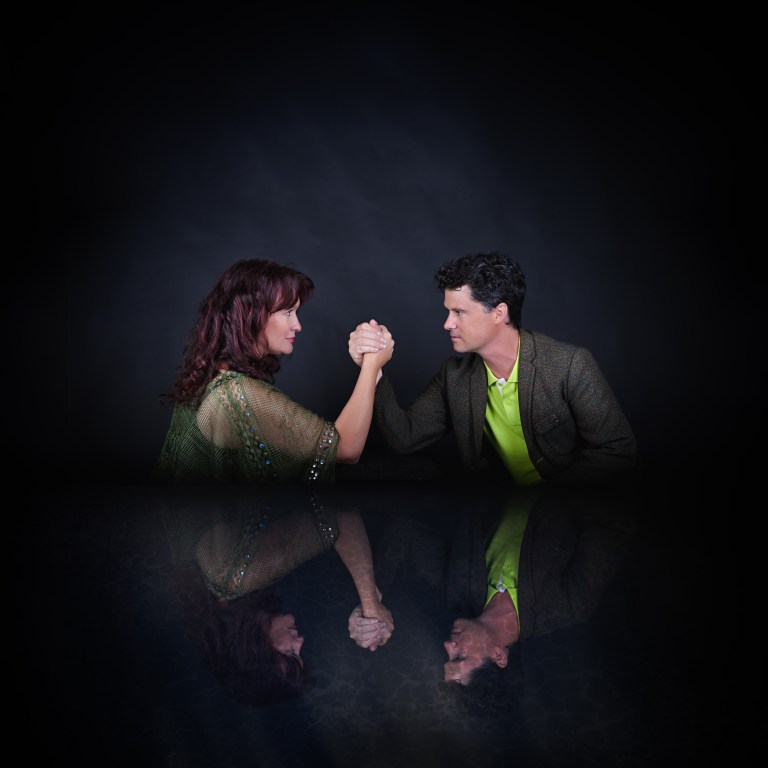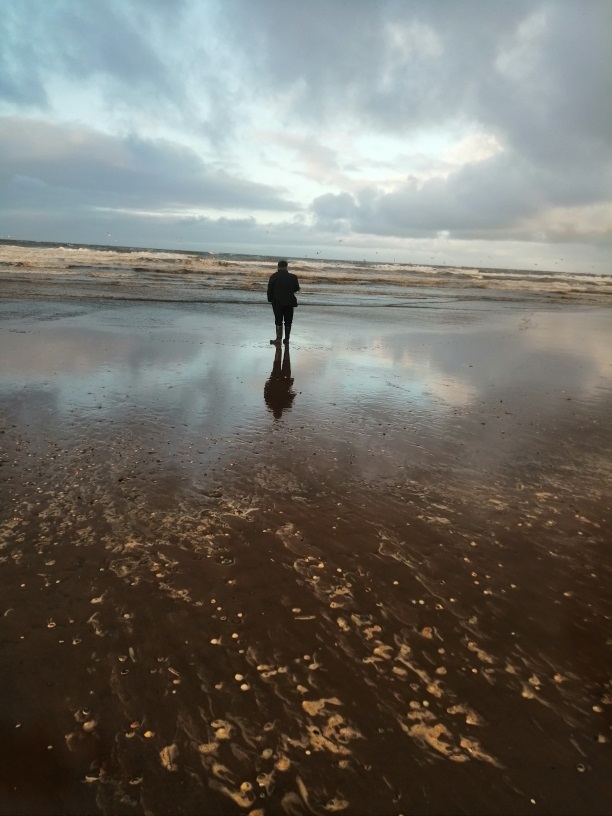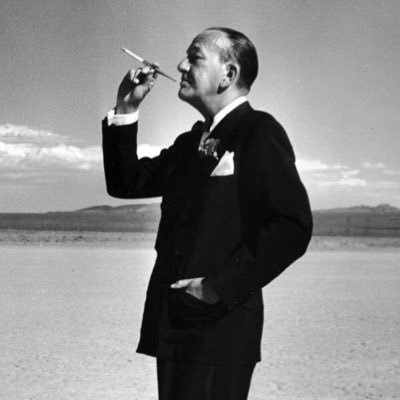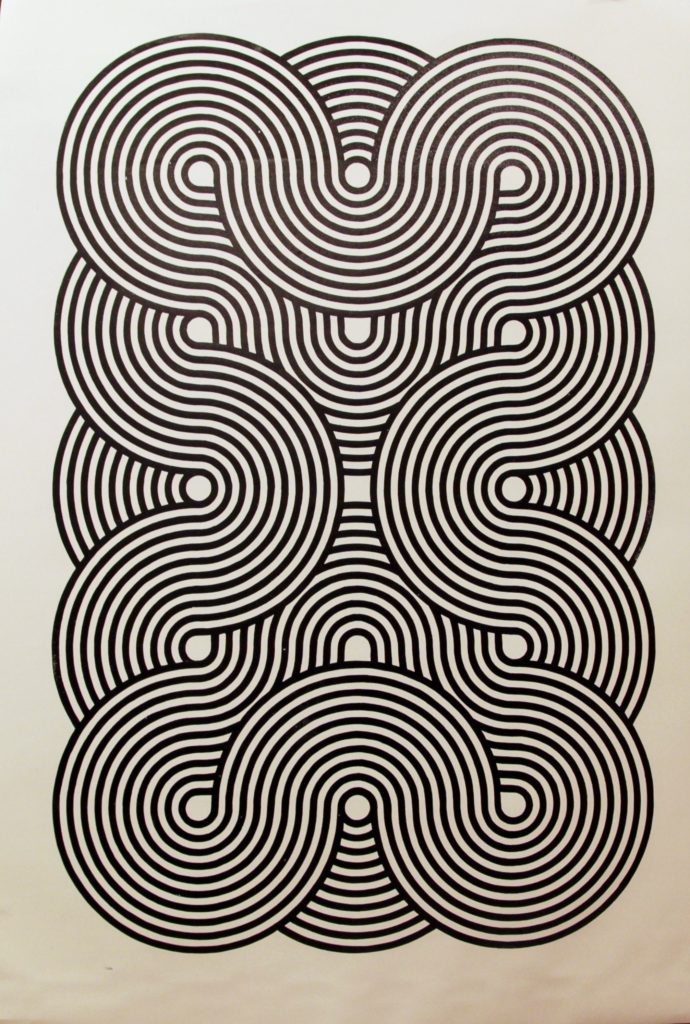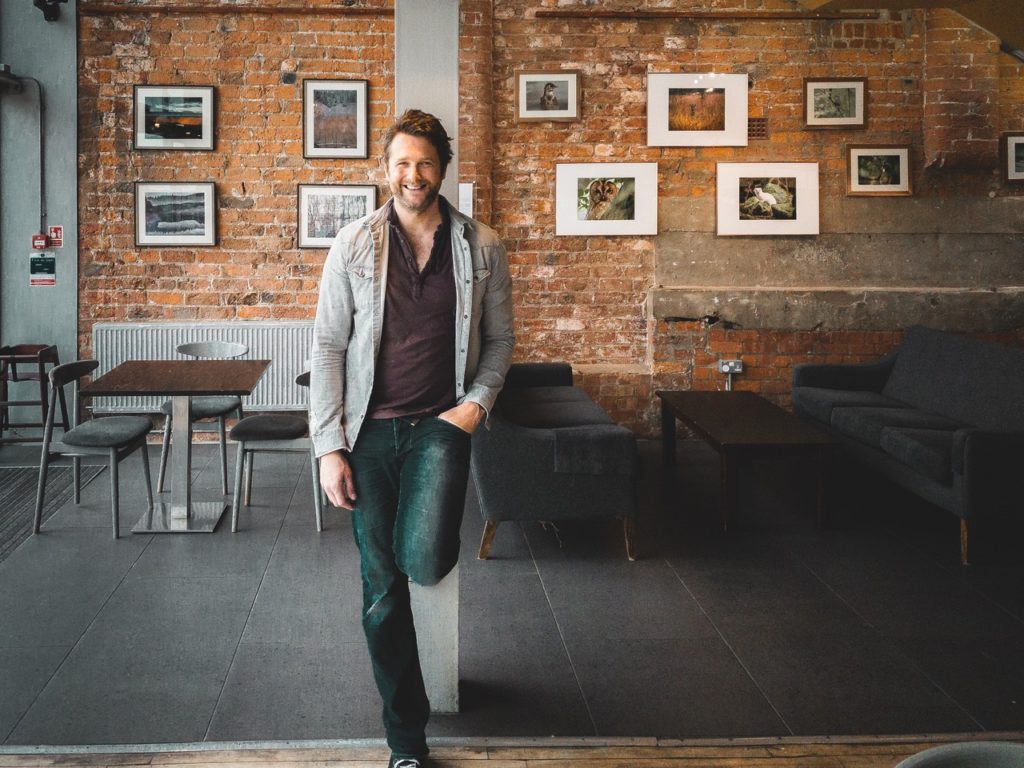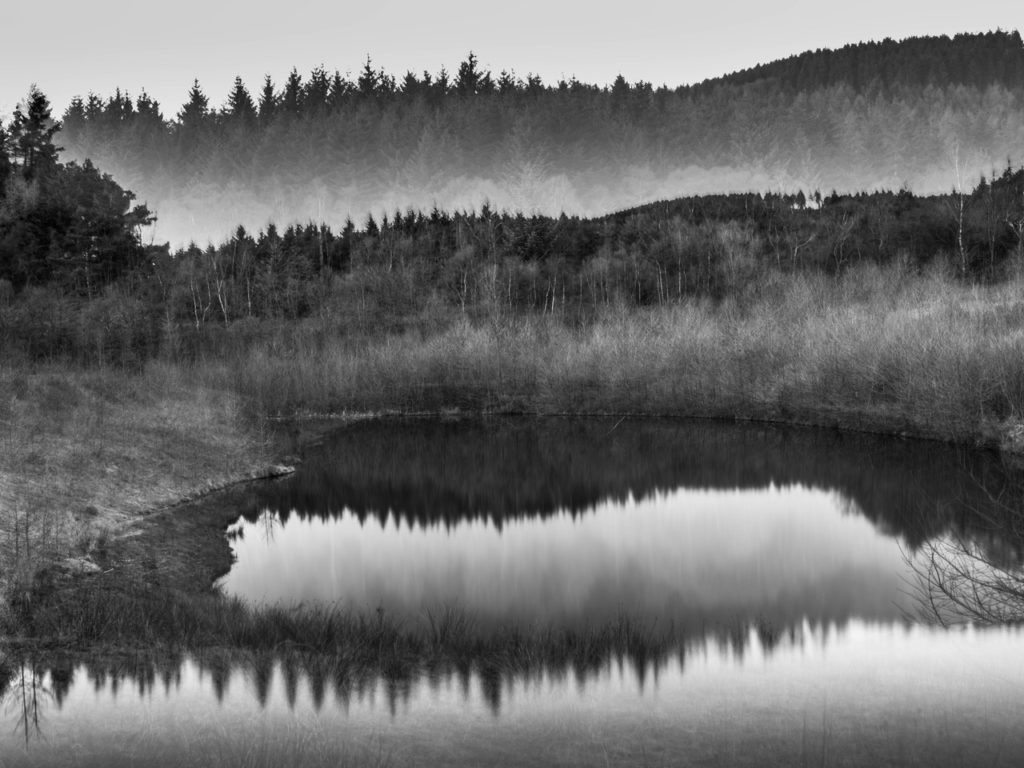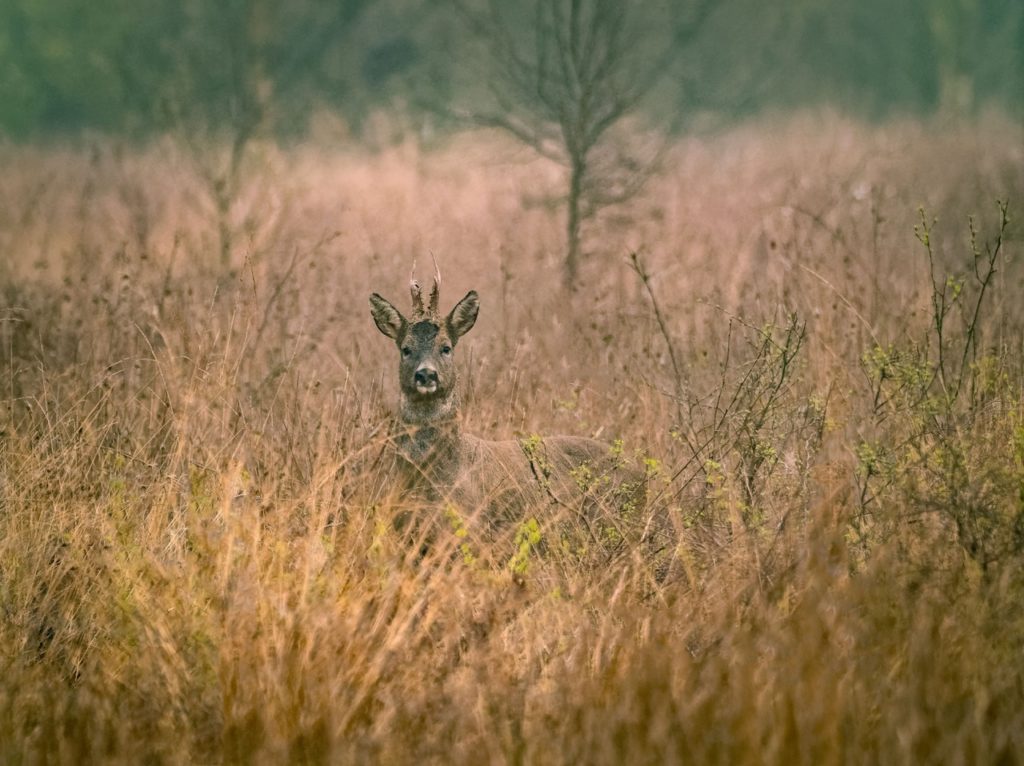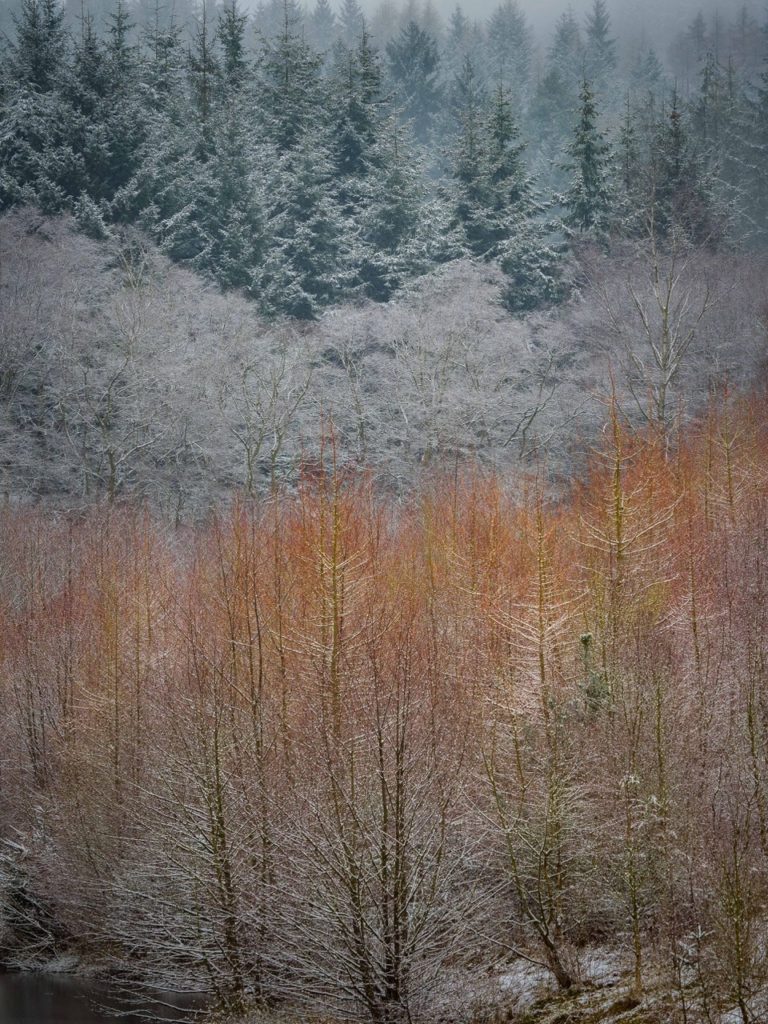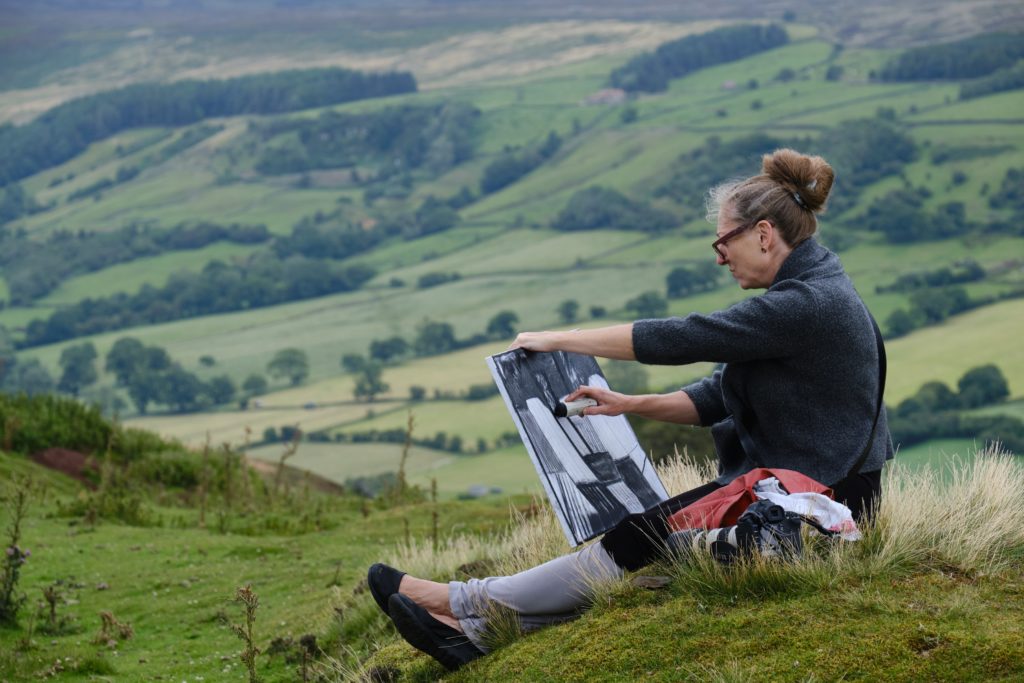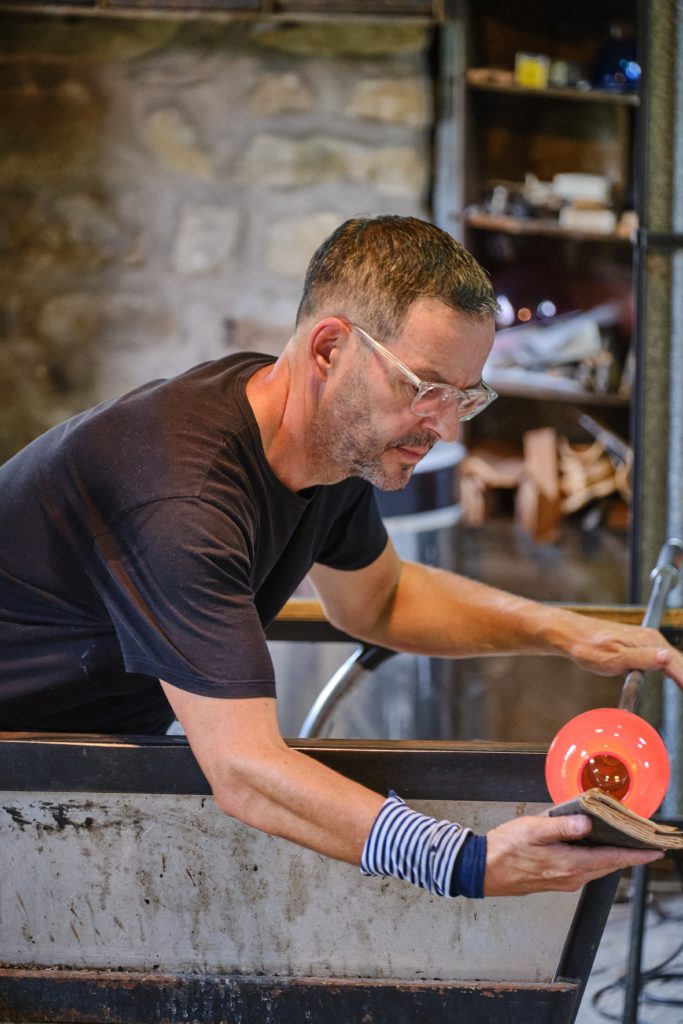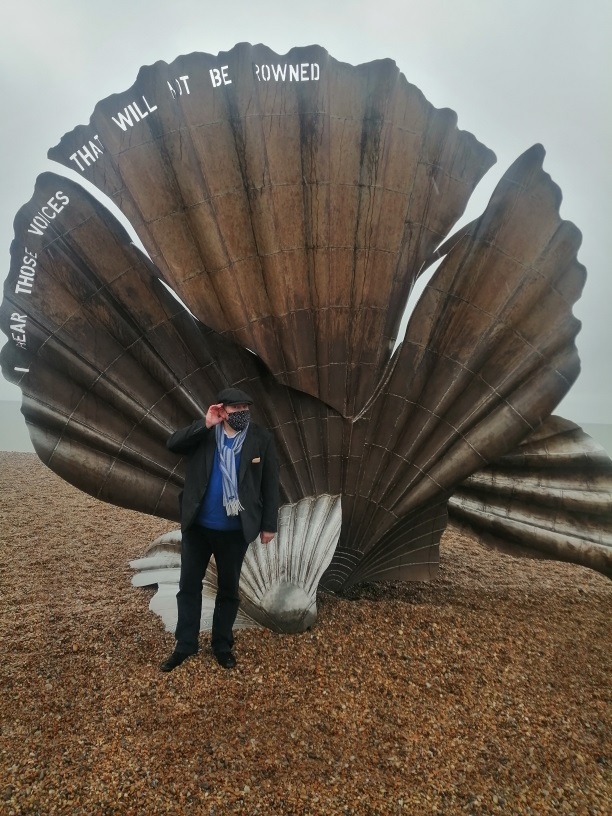
WE may be beset by tiers before bedtime, but the arts world will not lie down meekly in the face of the pandemic’s second wave. Instead, Charles Hutchinson highlights events on-going, on the horizon and online.

The rule of six, over and out: Robin Ince and Laura Lexx, Your Place Comedy, live-streaming on Sunday, 8pm
YOUR Place Comedy, the virtual comedy club launched in lockdown by Selby Town Council arts officer Chris Jones and ten independent Yorkshire and Humber arts venues, concludes with its sixth line-up this weekend.
The last laugh will go to The Infinite Monkey Cage co-host Robin Ince and Jurgen Klopp’s number one fan, Laura Lexx, introduced by remotely by regular host Tim FitzHigham, alias Pittancer of Selby, as they perform from their living rooms into yours. The show is free to watch on YouTube and Twitch via yourplacecomedy.co.uk, with donations welcome afterwards.

Online literary event of the week: Matt Haig, The Midnight Library, Raworths Harrogate Literature Festival, streaming from 8am tomorrow (October 23)
MATT Haig, the award-winning author with the York past, discusses his latest novel, The Midnight Library, a tale of regret, hope and forgiveness set in the strangest of libraries, one that houses second chances.
Haig asks a burning question: If you could wipe away your past mistakes and choose again, would you definitely make better choices? If you can’t view the free stream at 8am, second chances abound: “Come back here on Friday, at a time to suit you,” say the festival organisers. Go to: https://harrogateinternationalfestivals.com/literature-festival/matt-haig/
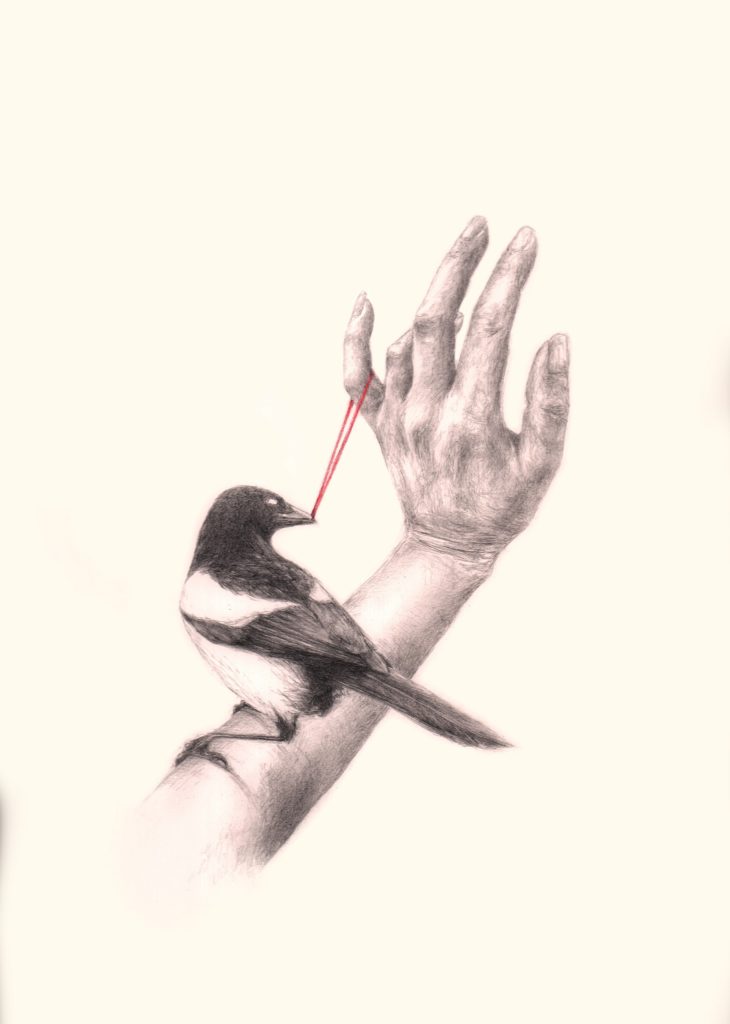
Exhibition of the week and beyond: Human Nature, York Mediale/York Museums Trust, at Madsen Galleries, York Art Gallery, until January 24 2021
THIS triptych of installations under the banner of Human Nature combines the British premiere of Canadian media artist Kelly Richardson’s sensory woodland short film Embers And The Giants with two York Mediale commissions.
London immersive art collection Marshmallow Laser Feast look at the journey of oxygen from lungs to the heart and body in a series of installations that echo the ecosystem in nature inThe Tides Within Us.
Manchester artist and animator Rachel Goodyear’s Limina combines a surrealist, Freudian and Jungian series of animations and intricate drawings, responding to an untitled sculpture from York Art Gallery’s collection as she offers glimpses into the psyche and fragments of the unconscious.

Fired-up event of the week: Northern Girls, Pilot Theatre and Arcade, at Scarborough YMCA Car Park, for Signal Fires Festival, October 27 and 28, 7pm to 8pm
YORK company Pilot Theatre team up with new Scarborough arts makers Arcade to present Northern Girls by firelight for the nationwide Signal Fires Festival.
The one-hour performance sets free the stories of girls and women who live along the North East coastline, encouraging them to write and present tales that matter most to them in 2020.
Short pieces commissioned from Asma Elbadawi, Zoe Cooper, Maureen Lennon and Charley Miles will be complemented by York spoken-word artist Hannah Davies’s work with a group of young women from Scarborough.

Both eyes on the future festival of the week ahead: York Design Week, October 26 to November 1
SUPPORTED by York’s Guild of Media Arts, the York Design Week festival will seek to design a positive future for the city under five themes: Re-Wild, Play, Share, Make Space and Trust.
In Covid-19 2020, the festival will combine in-person events with social-distancing measures in place, and a wide range of online workshops, exhibition seminars and talks.
Look out for workshops bringing together homeless people and architects to work on solutions for housing; sessions on innovation and rule-breaking; an exhibition inspired by a York printing firm; discussions on community art and planning and city trails designed by individual York citizens. Go to yorkdesignweek.com for full details.
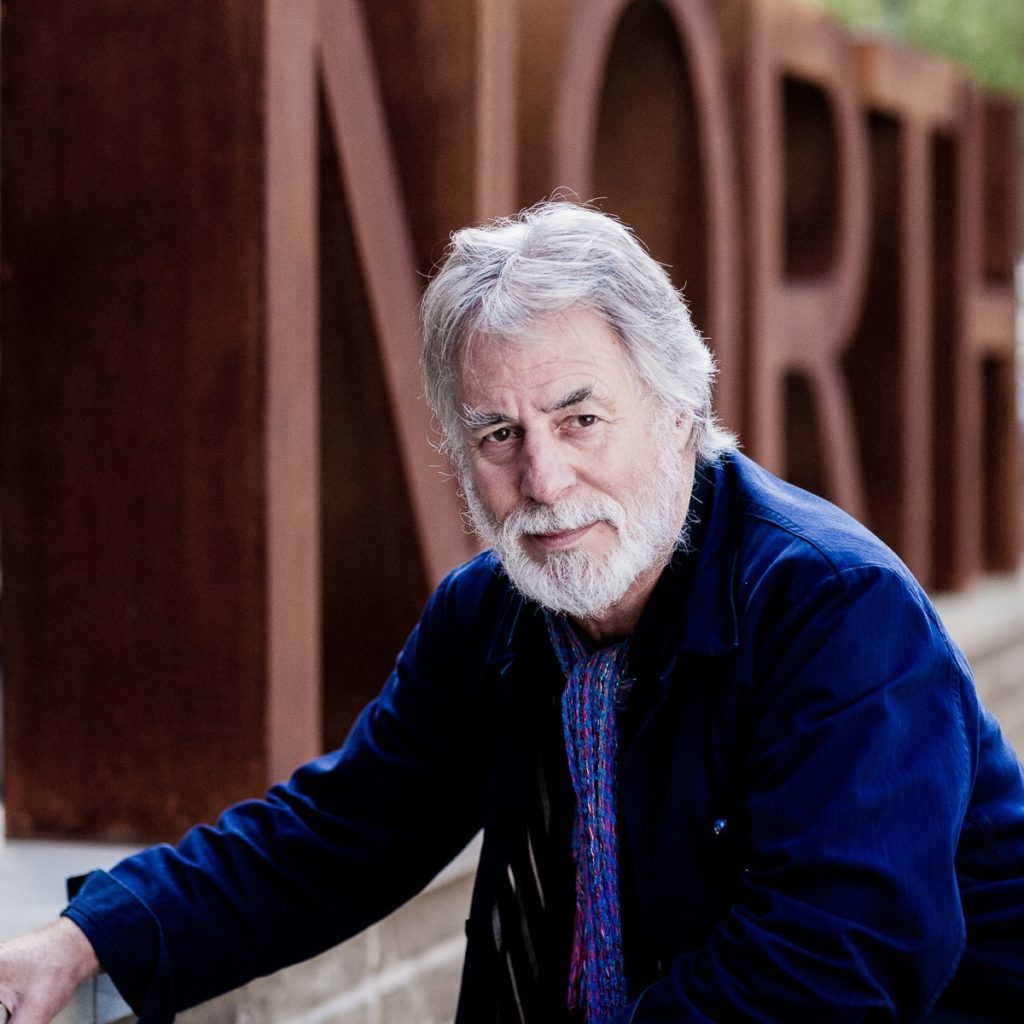
Barrie’s back: An Evening With Barrie Rutter, The Holbeck, Jenkinson Lawn, Holbeck, Leeds, November 7, 7.15pm
BARRIE Rutter OBE is to return to the stage for the first time since his successful treatment for throat cancer.
The Hull-born titan of northern theatre, now 73, will perform his one-man show at The Holbeck, home to the Slung Low theatre company in Leeds. The Saturday night of tall tales and anecdotes, poetry and prose will be a fundraiser for the installation of a new lift at the south Leeds community base, the oldest social club in the country.
“I’m absolutely thrilled at the invitation from Alan Lane and his team at Slung Low to perform at The Holbeck,” says Rutter. “What goes on in there is truly inspirational and I’m delighted support this wonderful venue.”
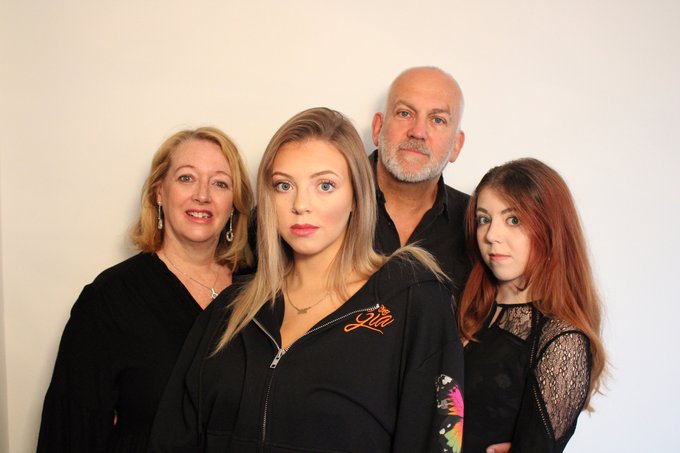
Family business of the autumn: John Godber Company in Sunny Side Up!, in The Round, Stephen Joseph Theatre, Scarborough, October 28 to 31; Hull Truck Theatre, November 17 to 22
THE waiting for Godber’s new play is over. The world premiere of the ground-breaking former Hull Truck artistic director’s Sunny Side Up! will be a family affair, starring John Godber, his wife Jane Thornton and daughter Martha, while daughter Elizabeth will be doing the stage management.
Written and directed by Godber, the humorous and moving Sunny Side Up! depicts a struggling Yorkshire coast B&B and the people who run it. “Join proprietors Barney, Cath and Tina as they share their stories of awkward clients, snooty relatives and eggs over easy in this seaside rollercoaster that digs into what our ‘staycations’ are all about,” invites John.

Looking ahead to 2021/2022: Dance shows at the treble at York Barbican
STRICTLY Come Dancing’s glittering weekend return to BBC One was a reminder that regular professionals Anton du Beke, Giovanni Pernice, Graziano di Prima, Aljaz Škorjanec and Janette Manrara are all booked to play York Barbican sometime over the rainbow, Killjoy Covid permitting.
Ballroom couple Anton & Erin’s: Showtime celebration of Astaire, Rogers, Sinatra, Garland, Chaplin, Minnelli, Bassey, Tom Jones and Elton John has moved from February 19 2021 to February 18 2022.
Aljaz and Graziano’s Here Comes The Boys show with former Strictly pro Pasha Kovalev has switched to June 30 2021; Aljaz and Janette’s Remembering The Oscars is now booked in for April 21 2021, and Giovanni’s This Is Me! is in the diary for March 17 next year.

News just in: Rob Brydon in An Evening Of Song & Laughter, York Barbican, April 14 2021
WOULD I lie to you? Actor, comedian, impressionist, presenter and holiday-advert enthusiast Rob Brydon is to play with a band in York. It’s…true!
Yes, Brydon and his eight-piece band will take to the road next year for 20 dates with his new show, Rob Brydon: A Night of Songs & Laughter, visiting York Barbican on April 14 on his second tour to combine songs and music with his trademark wit and comedy. Expect Brydon interpretations varying from fellow Welshman Tom Jones to Tom Waits, Guys And Dolls to Elvis Presley.
The 5ft 7inch Brydon last appeared at York Barbican for two nights of his improvised stand-up show, I Am Standing Up, in October 2017. Box office: yorkbarbican.co.uk.
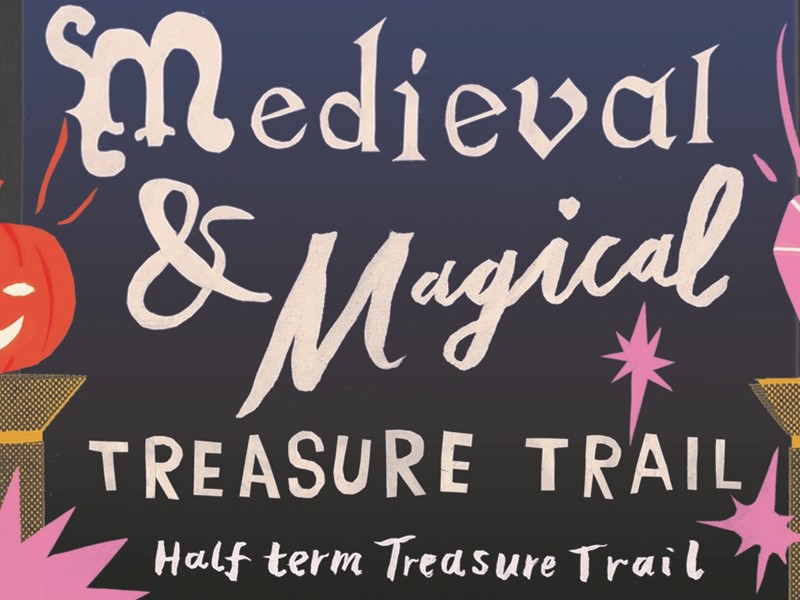
And what about….?
HEADING out on the Indie York Medieval & Magical Treasure Trail, running from October 24 to November 1 for half-term entertainment, with full details at indieyork.co.uk.
Likewise, taking up the York Ghost Merchants’ cordial invitation to be spooked by the first annual Ghost Week on the same dates. Among the highlights in “the city of a thousand ghosts” are The Little York Ghost Hunt and The Ghost Parade (also part of the Indie York trail). Discover more at yorkghostmerchants.com.
Both events are entirely free.




